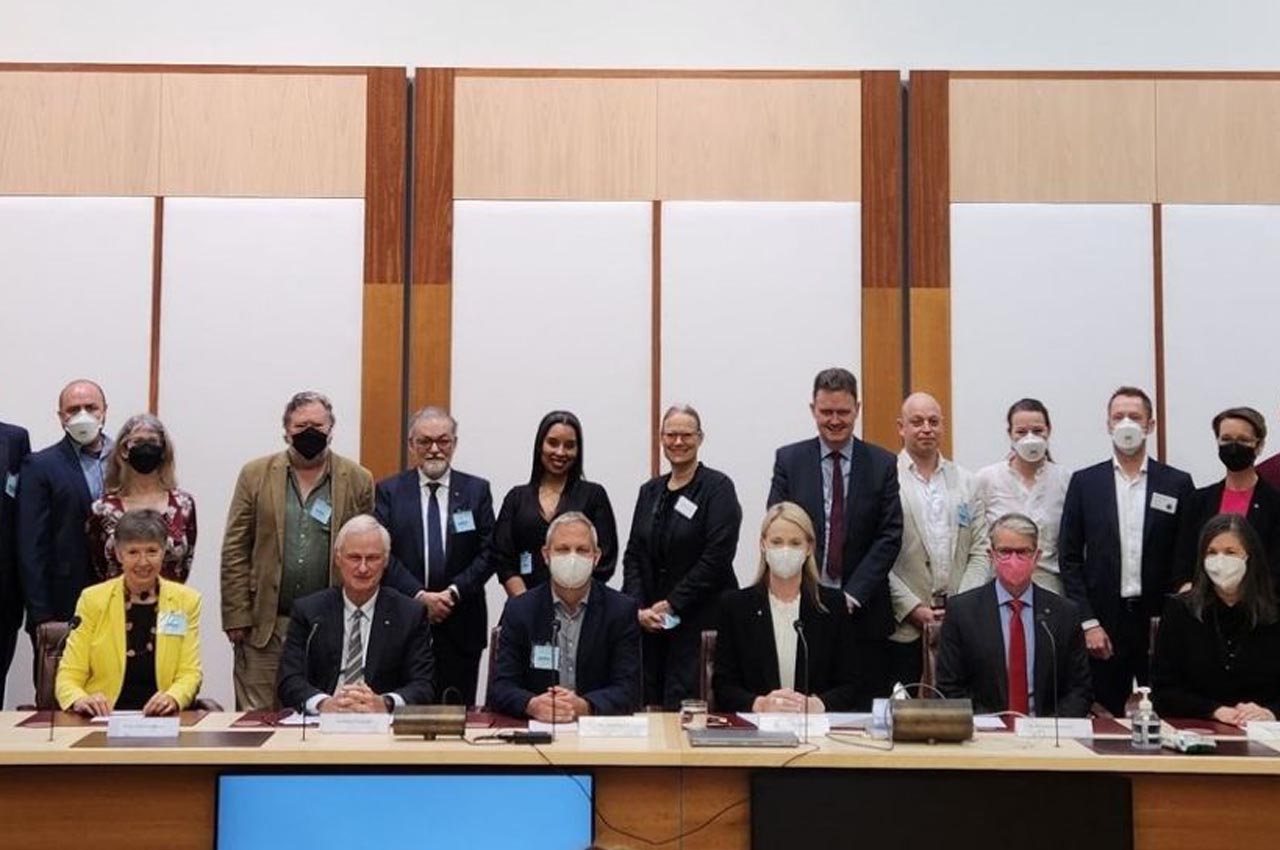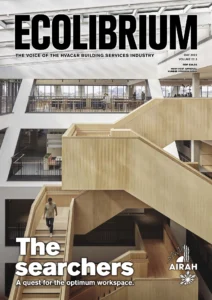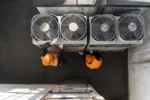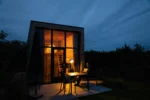The right to clean air

The recent Clean Air Forum in Canberra brought together stakeholders across various disciplines to discuss the next steps to improving indoor air quality. AIRAH attended as a peak engineering body.
Clean indoor air was the focus of a recent full-day event at Parliament House in Canberra that brought together leaders from public health, engineering, architecture, law, economics and politics to discuss the state of play and the
way forward. AIRAH CEO Trish Hyde and advocacy lead Mark Vender both attended the event.
The Clean Air Forum was opened by Australia’s Chief Health Officer Professor Paul Kelly, who confirmed that indoor air quality is a priority for government. At the same time, he counselled the attendees to build a solid economic case for any action.
“We need to constantly ask ourselves, ‘Where is the evidence that whatever we are proposing actually works?’,” said Professor Kelly. “What represents the best value for money?”
The speakers took up that challenge, highlighting the benefits for all Australians of better indoor air.
Engineering at the forefront
Ventilation was a theme throughout the event, with many speakers highlighting the role engineers will play.
Professor Brett Sutton, Victoria’s chief health officer, acknowledged that changing ongoing behaviour is difficult.
“Engineering solutions need to lead the way, because they don’t rely on behavioural interventions,” said Sutton.
That message was echoed by Professor Geoff Hanmer, Adjunct Professor of Architecture at the University of Adelaide.
He characterised COVID-19 as a “pandemic of buildings”, because that’s where transmission is taking place. Like Sutton, he recommended reliable engineering solutions over unpredictable human interventions.
Hanmer pointed to the vexed situation with natural ventilation in Australia’s building code, where buildings may be compliant in theory, but very poorly ventilated in reality, because occupants do not open windows and doors.
“Thermal comfort always trumps ventilation,” he said, explaining the behaviour.
Mechanical ventilation, Professor Hanmer noted, does provide adequate indoor air quality if it is designed in compliance with the National Construction Code – and specifically AS 1668.2. However, many of these systems are
not properly maintained, meaning they don’t operate as designed. He suggested that regulations could be put in place to mandate maintenance.
Design v operation
The issue of design verses operation was taken up by Professor Lidia Morawska from QUT, who is leading the ARC Training Centre for Advanced Building Systems Against Airborne Infection Transmission.
She put forward the view that – as is the case with outdoor air – there must be both standards and monitoring in place. Key to this is the introduction of an Australian standard that sets threshold levels for pollutants in indoor air. This would include pollutants that are significant in terms of health impact, and can also be practically measured, such as PM2.5, CO2 and CO.
AIRAH CEO Trish Hyde noted that the AIRAH Indoor Air Quality Special Technical Group has submitted a proposal to Standards Australia along these lines.
But even with a standard in place, the question remains how it would be enforced.
One option could be through occupational health and safety laws. Leading employment lawyer Louise Houlihan pointed out that a framework for ensuring good ventilation already exists under WHS laws.
According to Houlihan, a number of COVID-19 claims have been paid, and employers are actively looking for advice on how to meet their obligations. This reinforced another common theme during the event: the need to raise
awareness and provide clear, reliable advice.
The cost of inaction
The panellists gave many different answers to Professor Kelly’s opening question of cost and benefit, but the consensus was that the latter far outweighs the former.
Clinical epidemiologist, surgeon and health services researcher Professor Nancy Baxter quoted a pre-pandemic figure for the cost of unsafe air – the “cost of doing nothing” – as $12 billion a year. But she stressed that it was about more than money.
“We cannot not breathe, we cannot not share air,” she said. “Clean air is a public good. It is a right.”
Like to know more?
For more information about AIRAH’s advocacy activities, positions and submissions, go to www.airah.org.au/advocacy

This article appears in Ecolibrium’s May 2023 edition
View the archive of previous editions
Latest edition
See everything from the latest edition of Ecolibrium, AIRAH’s official journal.





